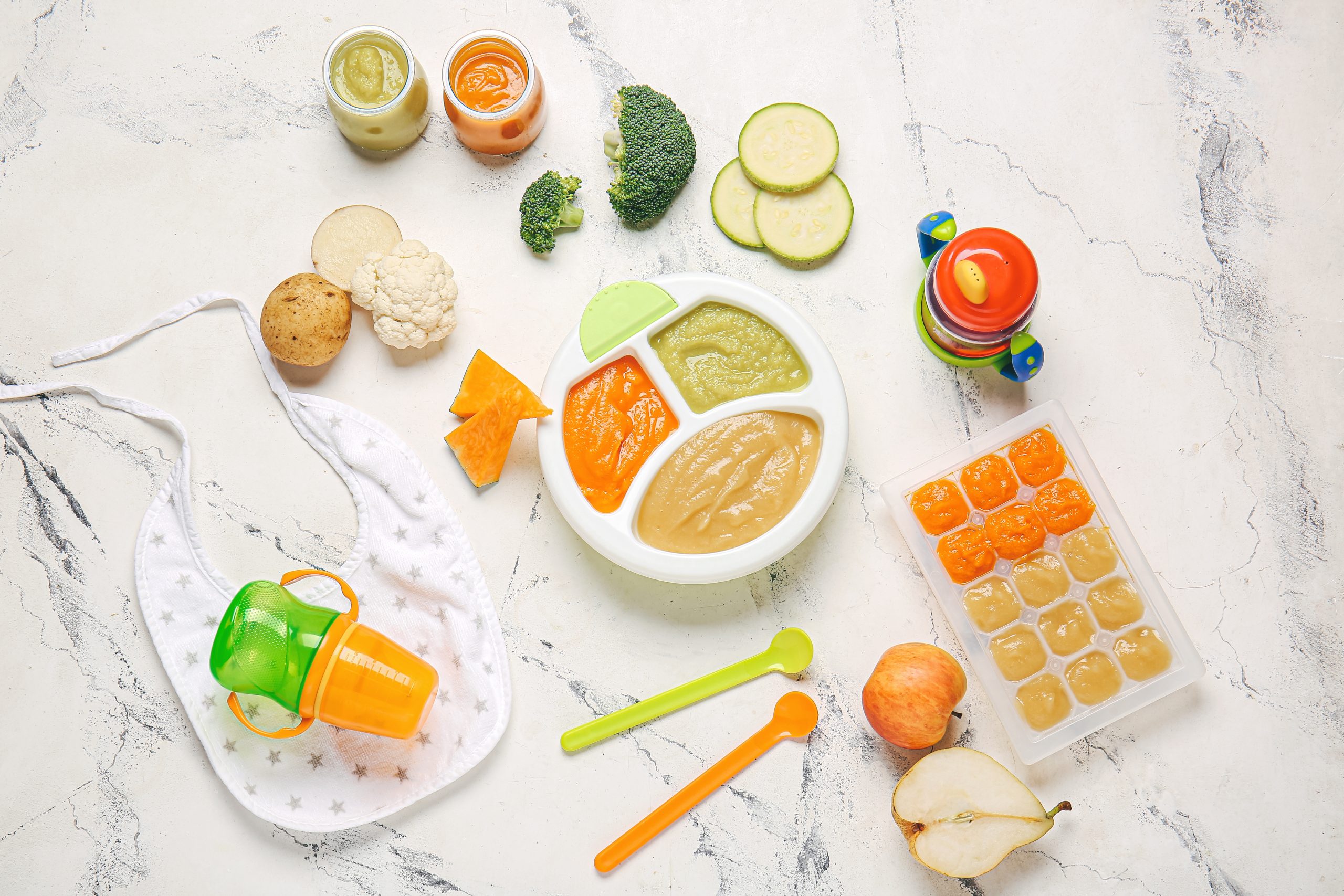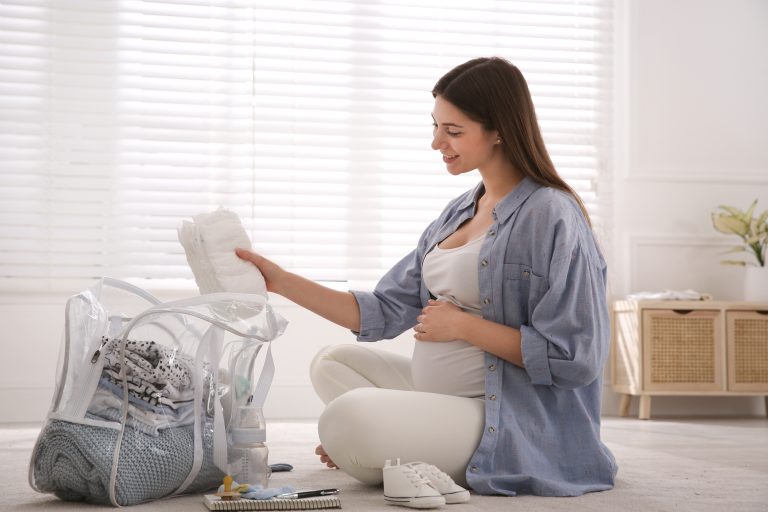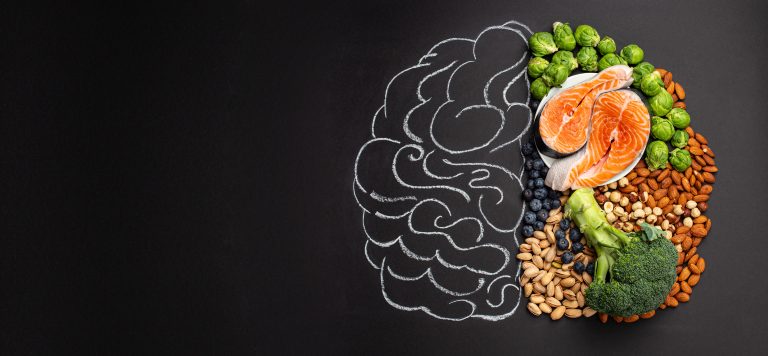What is the thing that can take hours to make but disappears in five minutes? Food! Babies love love love eating, and it is always best to have some more ready to not spend the whole day making food for your little one. Now here is the problem… how do we store all that food, safely and just as delicious and fresh as day one? Let’s find out!
Food Safety – How Do We Store Baby Food, Milk, Formula?
Preparing baby food in bulk cuts so much time from preparation, and allows more time for you to create happy memories with your baby. New to the world, our babies have digestive and immune systems yet to mature and they do not have the same immune system as older children and adults. For this, it is crucial to be mindful of safety and hygiene, especially for the amount of food that will be consumed at a later time. Foodborne illnesses are quite common and the symptoms are unpleasant to handle. However, with good food safety and hygiene practices we can help prevent many from happening.
Storing Homemade Baby Food
After cooking, cooling the food as rapidly as possible is important to be able to store it as soon as possible. Directly putting it in the cold fridge may not be enough to cool it, but dividing it into smaller portions, or spreading it on a larger, pre-chilled container like a tray might do the trick. If possible, you can also place it into an airtight container, and hold it under the cold running tap, stirring from time to time to cool consistently.
Leftover baby food can be refrigerated and used within 1-2 days depending on its ingredients (products with meat, poultry and rice for up to one day, fruit and vegetables for two days) but if there is any food left in your baby’s bowl after a meal, throw it away to prevent food poisoning.
Freezing is one of the best options to store food for longer periods of time. When properly frozen, the food can be stored for up to two months. For easy tracking, keep in mind to clearly label and date each unit. However, never refreeze baby formula and food that has already been frozen. Dividing into smaller containers for freezing makes everything easier, and an ice tray works great for this.
To thaw the food, the best way is to refrigerate overnight and use it within 24 hours. Keep in mind to never defrost on the countertop! To reheat, heat the baby food until piping hot to kill off bacteria, and allow it to cool before giving it to your baby. Keep in mind that you can only reheat once!
Storing Store-Bought Baby Food
The majority of store-bought food is shelf-stable until opening. Until the expiration date, baby food can be stored at room temperature. Remember to never use them after the given date by the producer.
When opening store-bought baby food, check if the product is properly sealed or has any damage on the packaging. Make sure the plastic cap seal is intact and jars make a popping sound when opening for the first time. Once open, baby food is no longer shelf-stable and will need to be refrigerated for storing, can be stored only for 1-2 days, and any leftovers after this should be thrown away. If you wish to store leftovers, do not feed your baby straight out of the jar for double-dipping can introduce bacteria from your baby’s saliva to the food which can culminate. Instead, transfer a small amount to a separate bowl suitable for your baby’s use if you wish to store the leftover baby food.
Storing Breastmilk
- Freshly pumped breast milk can be stored on the countertop, at room temperature(25°C or colder) for up to two hours, and for up to 4 days in the refrigerator(4°C). You can also freeze breastmilk! When frozen (-18°°C or colder), breast milk can be stored for up to 12 months, but using it within 6 months is the best.
- After thawing the frozen milk, you can keep it on the countertop for up to two hours, and up to 24 hours in the refrigerator. Like baby food, you also cannot refreeze breast milk after it has been thawed.
- If you have leftover milk from feeding, you can use the leftover milk within two hours but after that discard the leftovers.
Tips and Tricks – How To Store More, and Store Better?
Utilising your storage space in the best way is the other half of storing food. As preparation saves you time, managing your storage in the best way saves you space, and allows for more to be put in. When raising a kid, both time and extra space can be a problem and doing your preparations correctly in this time can be a lifesaver!
Handling extra breast milk is important to not waste a single drop, and to have it ready in hand when you cannot pump. There are many types of containers, specially designed to store breastmilk. Breastmilk storage bags are a smarter choice especially when you have limited storage space with their flat shape, and allow for quick thawing. Since most of them are made to stand upright as well, they are easy to handle.
While bags are better for saving up space, breastmilk storage bottles also come in handy since most of them allow usage when pumping, storing and feeding. This not only allows you to save up space by using less but means that not a single drop of your precious breastmilk goes to waste as well. And since you can do many things in one cup, you have less washing up to do.
When outside or travelling, containers come in just as handy. Having an insulated bottle carrier, or a bottle warmer makes handling breast milk so much easier everywhere and all the time.
Preparation takes a long time, and each spoon of food is just as precious as the other one. As babies tend to eat in small amounts, storing food in tiny cups can be good when you need to reheat, so that you do not waste any food and always have the best amount of food ready. Store & wean cups are one of the best products to store food for your baby since they usually offer the best sizes for baby portions, thus do not waste a drop of food. Freezer pots in small sizes make both preparation and storage easier as well, allowing you to divide the food into desired amounts and thaw when needed, providing fresh food whenever needed. Small containers like these come in handy when managing storage space as well, letting you fit more in a limited amount of space. For even smaller amounts, you can use ice trays, which allow you to manage the portions better. For more solid foods, you can measure portions and freeze them on a cookie tray, and transfer them into a freezer bag when they have frozen completely.




